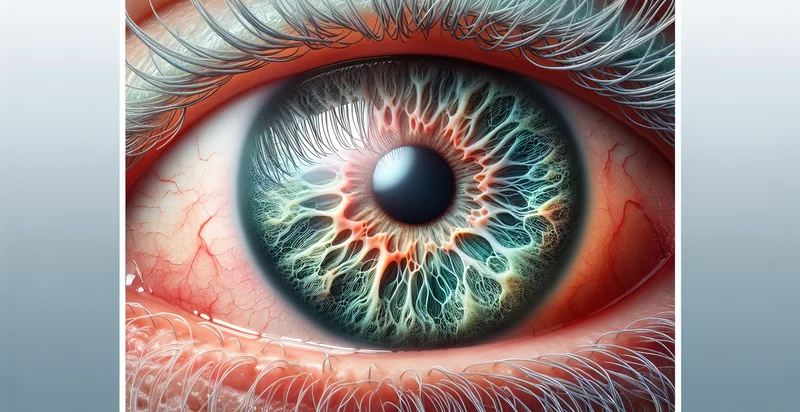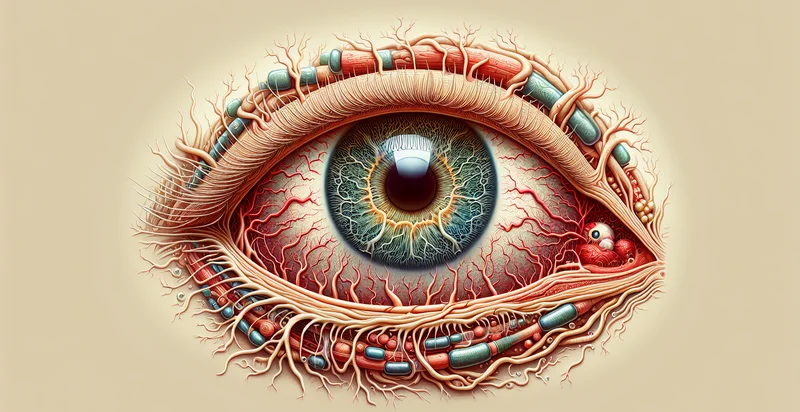Identify conjunctiva health
using AI
Below is a free classifier to identify conjunctiva health. Just upload your image, and our AI will predict the health status of the conjunctivae. - in just seconds.

Contact us for API access
Or, use Nyckel to build highly-accurate custom classifiers in just minutes. No PhD required.
Get started
import nyckel
credentials = nyckel.Credentials("YOUR_CLIENT_ID", "YOUR_CLIENT_SECRET")
nyckel.invoke("conjunctiva-health", "your_image_url", credentials)
fetch('https://www.nyckel.com/v1/functions/conjunctiva-health/invoke', {
method: 'POST',
headers: {
'Authorization': 'Bearer ' + 'YOUR_BEARER_TOKEN',
'Content-Type': 'application/json',
},
body: JSON.stringify(
{"data": "your_image_url"}
)
})
.then(response => response.json())
.then(data => console.log(data));
curl -X POST \
-H "Content-Type: application/json" \
-H "Authorization: Bearer YOUR_BEARER_TOKEN" \
-d '{"data": "your_image_url"}' \
https://www.nyckel.com/v1/functions/conjunctiva-health/invoke
How this classifier works
To start, upload your image. Our AI tool will then predict the health status of the conjunctivae..
This pretrained image model uses a Nyckel-created dataset and has 20 labels, including Allergic, Blepharitis, Congested, Discolored, Dry, Foreign Body Sensation, Healthy, Infected, Inflamed and Irritated.
We'll also show a confidence score (the higher the number, the more confident the AI model is around the health status of the conjunctivae.).
Whether you're just curious or building conjunctiva health detection into your application, we hope our classifier proves helpful.
Related Classifiers
Need to identify conjunctiva health at scale?
Get API or Zapier access to this classifier for free. It's perfect for:
- Telemedicine Consultation: This functionality can serve as a preliminary diagnostic tool in telemedicine platforms. By analyzing images of the conjunctiva, practitioners can provide remote consultations, enabling quicker evaluations and treatment decisions for patients with ocular symptoms.
- Patient Education Tool: The false image classification can be integrated into an app designed for patient education. By allowing patients to upload images of their conjunctiva, they can receive instant feedback about their eye health status, empowering them to seek professional help when necessary.
- Clinical Trials Support: In clinical research, this function can assist in screening participants by classifying conjunctival images accurately. This would ensure that only individuals with certain eye conditions are included in trials, improving the quality and relevance of the research data.
- Ophthalmology Training Program: The classifier can be used as a teaching aid in medical schools or training programs for ophthalmologists. By analyzing various conjunctival images, trainees can learn to identify healthy versus unhealthy conditions, enhancing their practical skills through simulated real-world scenarios.
- Mobile Health Applications: This feature can be integrated into mobile health applications focused on eye care. Users can receive alerts or suggestions based on their conjunctival images, improving timely intervention and management of potential eye issues.
- Insurance Claim Processing: Insurers can utilize this false image classification to evaluate claims related to eye health. By identifying the nature of conjunctival conditions through image analysis, insurance companies can streamline approval processes or detect fraudulent claims.
- Research and Development: This function can aid researchers in developing new treatments for conjunctival diseases by categorizing and analyzing large datasets of conjunctival images. Insights derived from this analysis can lead to more effective therapies and innovations in ocular health care.


